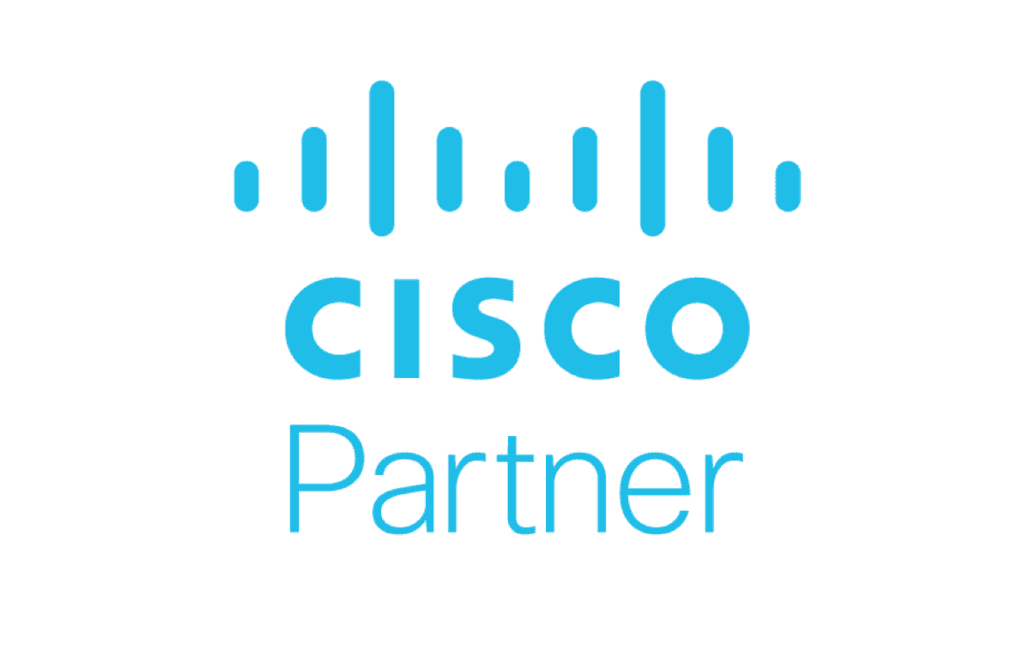Key Differences Between On-Premises and Cloud UC
Unified Communications (UC) systems are evolving rapidly, and the most significant shift underway is the move from on-premises infrastructure to cloud-based platforms. Understanding the core differences between these environments is the first step in managing a successful migration.
On-Premises UC Systems:
- Hosted in an organization’s physical data center
- Requires in-house IT resources to maintain hardware, software, updates, and security
- High upfront capital expenditure (CapEx) for equipment and licenses
- Slower to scale and often involves manual provisioning and system changes
Cloud-Based UC Systems:
- Hosted and managed by a cloud provider such as Cisco Webex Calling
- Lower upfront costs and predictable operational expenses (OpEx)
- Built-in redundancy, security updates, and maintenance
- Easily scalable across multiple sites, users, and devices
- Integrated with other cloud services for enhanced collaboration
Migrating to the cloud introduces new efficiencies, agility, and cost models. But it also requires careful planning to avoid disruptions.
Top Challenges in On-Premises to Cloud Migration
Despite the benefits, migrating a UC system to the cloud involves several challenges. IT teams must be prepared for potential risks in order to ensure a smooth transition.
- System Compatibility and Legacy Equipment: Not all devices, endpoints, or software configurations are compatible with cloud UC platforms. Without proper assessment, businesses may discover costly gaps in readiness.
- Data and User Migration Complexity: Migrating thousands of users, dial plans, call settings, and voicemails manually is time-consuming and error-prone. Without automation, user onboarding can stall and lead to service disruptions.
- Network and Infrastructure Limitations: Cloud UC systems depend on strong internet and network performance. Firewalls, bandwidth, VPN setups, and QoS (Quality of Service) must be optimized to ensure reliability post-migration.
- Security and Compliance Concerns: Enterprises in regulated industries may need to prove their cloud UC system meets compliance standards (e.g., HIPAA, GDPR). This requires data handling controls, audit trails, and encryption.
- User Adoption and Change Management: New tools require new habits. If end users aren’t trained or informed, adoption suffers. IT teams must align communication, training, and support to ease the transition.
- Downtime Risks: Even short service interruptions can disrupt operations. Proper planning and phased rollouts are essential to mitigate this risk.
Tuki’s Role in Migrating UC Systems to the Cloud
Tuki delivers an automation-first approach to UC on-premises to cloud migration. Whether moving from Cisco CUCM to Webex Calling (multi-tenant or dedicated instance), or shifting to hybrid UC, Tuki ensures a low-risk, high-efficiency process.
Key Capabilities:
- Live Sync with Existing UC Systems: Tuki connects directly with CUCM and other UC platforms in real-time, eliminating the need for duplicate data handling.
- Smart Discovery Tools: Automatically detect and validate users, devices, license types, and third-party integrations to build a tailored migration plan.
- Selective and Phased Migration: Move users and departments in batches, reducing risk while maintaining business continuity.
- Zero Downtime Cutovers: Built-in testing and rollback features ensure minimal disruption to users during transition.
- Security and Compliance: Tuki provides audit-ready logs, secure encryption practices, and configuration safeguards aligned with enterprise-grade standards.
- Simplified User Management: Tuki’s interface allows IT admins to manage provisioning, de-provisioning, and post-migration support with ease.
- Cost Visibility: By identifying unused devices, licenses, and unnecessary configurations, Tuki helps optimize spending throughout the migration lifecycle.
FAQs
What’s driving the shift from on-prem to cloud UC?
Cost savings, operational agility, hybrid work models, and better integration with other collaboration tools are key motivators behind UC cloud adoption.
How do I assess if my current UC system is cloud-ready?
Start with a discovery phase to evaluate device compatibility, network capacity, user provisioning logic, licenses, and integration dependencies. Tools like Tuki automate this assessment.
What downtime should I expect during the migration?
With automation and phased migration strategies, many enterprises experience little to no user downtime. Cutovers are typically planned during off-peak hours.
How does cloud UC improve collaboration and flexibility?
Cloud UC platforms unify voice, video, messaging, and meetings into one interface, accessible from any device. This flexibility supports hybrid workforces and faster communication.









